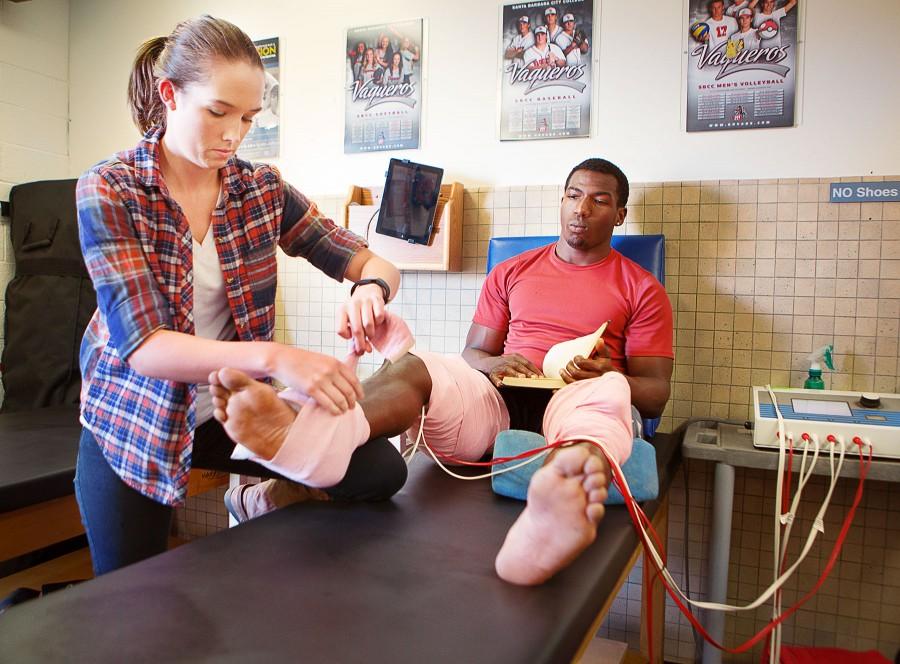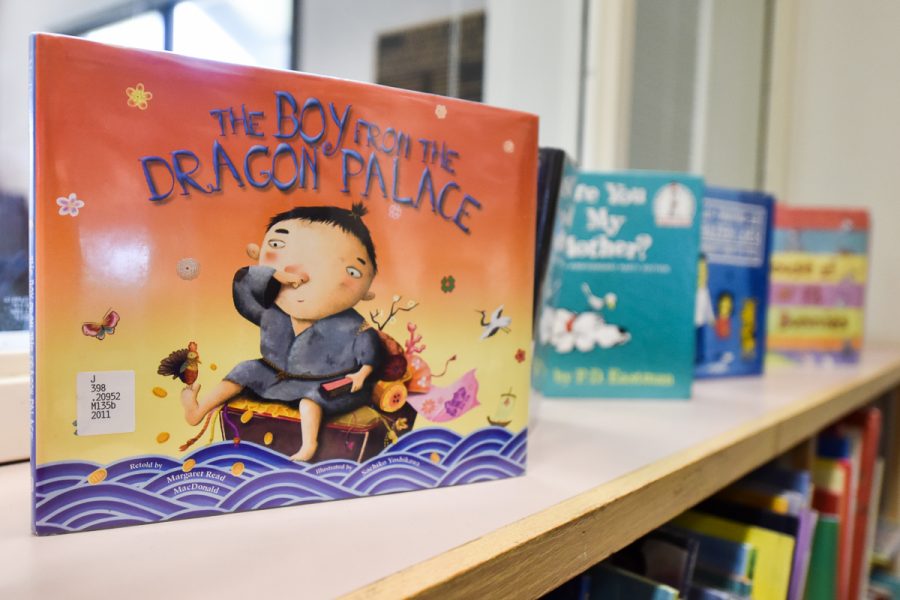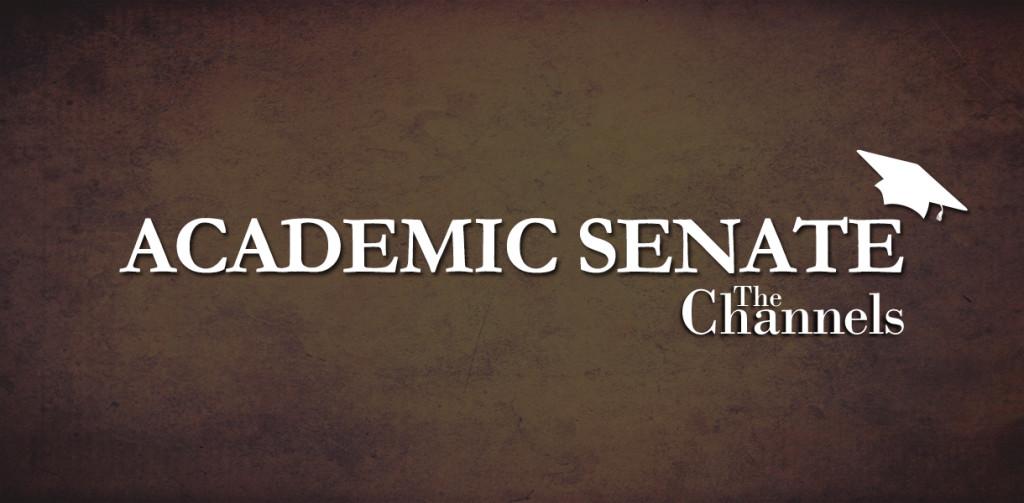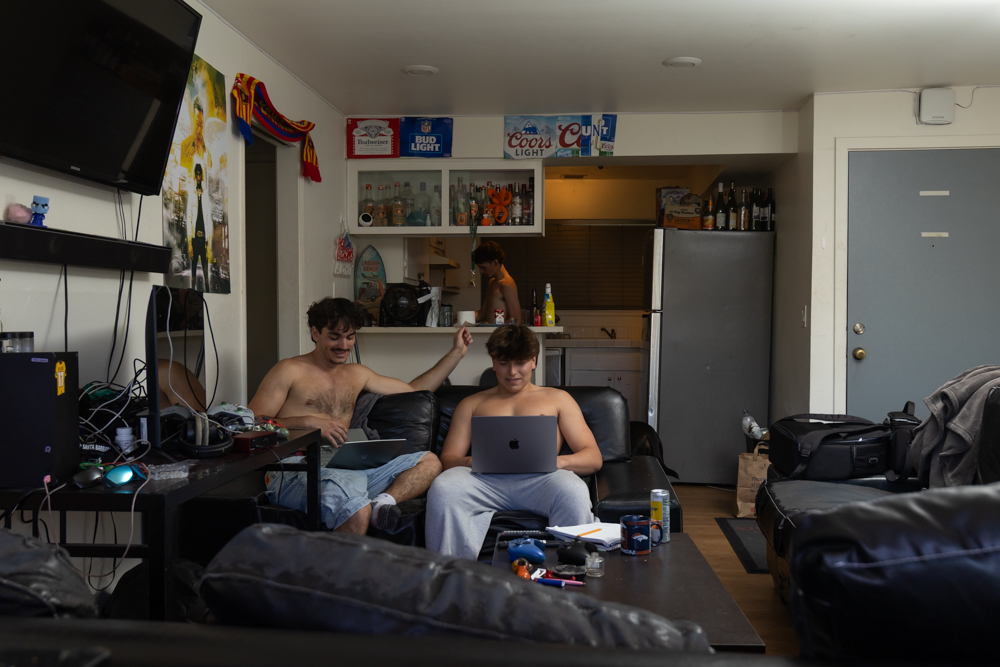For recently graduated students, a lack of career experience means taking an entry-level position or an internship before moving on to their life-long career.
For City College students interested in athletic training, general kinesiology or physical therapy the class PE290, work experience in physical education, offers instruction and work experience in these fields.
The course enables students to work on campus or in the community, while earning transferrable units. Students working on campus divide their time between assisting athletes in the Athletic Training Facility and covering sporting events, while those working in the community get their experience with organizations like The Boys and Girls Club or the Goleta Valley School District.
“We deal with actual injuries, more than just cramps,” said Student Sam Arnold. “Things like sprains, tears and strains.”
Students are required to complete 60 hours of unpaid work, or 75 hours of paid work for every unit they are enrolled in.
For those who work on campus help athletes manage their injuries in the Athletic Training Facility, which is open to all athletes while their sport is in season.
“We usually have 15 to 20 students working at the college and five to eight in the community,” said Instructor Susan Houlihan-Davis. “People that work in the community are supervised by their bosses, just like a regular job.”
They also have the option to assist the training staff at sporting events.
“At home we cover everything. Away, we only cover football,” Houlihan-Davis said. “Two students will cover an event with either Joseph or myself.”
The ability to learn first-hand and gain experience in a clinical setting is a start for students that are planning to transfer to a 4-year university.
“It helps get your foot in the door and show you have experience,” said Student Brianna Robinson.
Most universities require students to have between 100 and 200 hours before entering an athletic training program, but Houlihan-Davis said most of her students end the course with about 500 hours.
The program also stands out because it is one of the few at the community college level that is unaffiliated with a university. In most cases, City College’s athletic training programs are used as a satellite for some California State University campuses.
“Some community colleges won’t even accept their own students, only CSU students,” Houlihan-Davis said. “We’re in a good situation for them to either get an AA or go into a four-year program.”
PE 290 is the final step at City College for students interested in pursuing a career in athletic training, physical therapy or kinesiology.
“It’s the clinical application of the skills you learn in the other two classes Susan teaches,” Arnold said. “The idea is that you’ve been taught and tested on it, now you get to put it to use.”






![Milton Alejandro Lopez Plascencia holds a flag showcasing the United States and Mexico on Feb. 7 in Santa Barbara, Calif. “It’s heartbreaking to see what is happening all across the country,” Lopez Plascencia said. “I [want] my voice to be heard by the community.”](https://www.thechannels.org/wp-content/uploads/2025/05/MGSImmigration-1-1200x800.jpg)


![The new Dean of Social Science, Fine Arts, Humanities and English, Eric Hoffman beams on May 2 in Santa Barbara, Calif. "My major professor in college [inspired] me," Hoffman said. "You can really have a positive impact on people's lives in education."](https://www.thechannels.org/wp-content/uploads/2025/05/MGSHoffman-2-1200x800.jpg)

